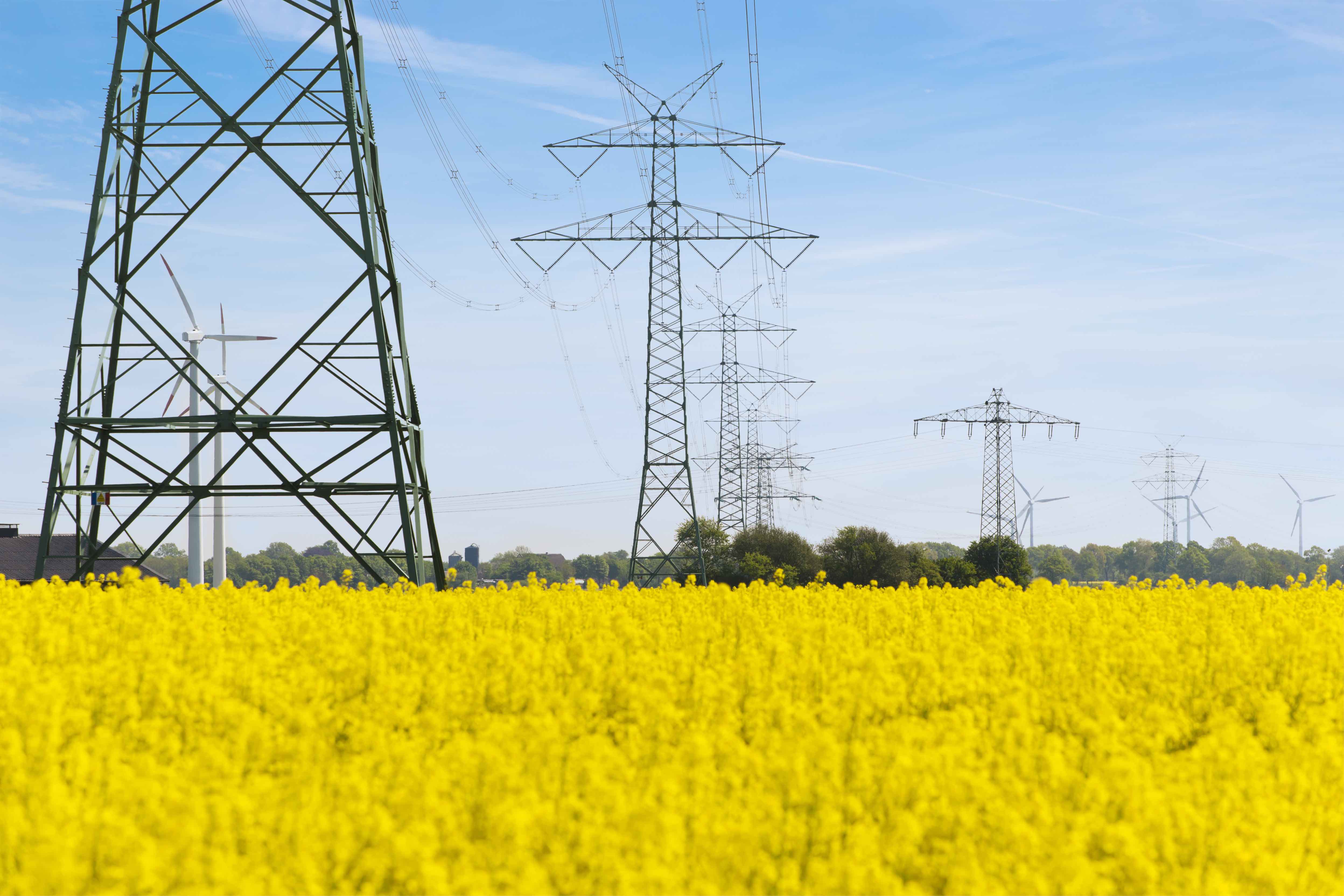Are you charged up by change? Do you thrive on uncertainty? Are you turned on by the quirky? Answer yes to all of the above and you might want to delve deeper into the field of energy economics. And with energy security fast becoming a priority on national agendas, there are increasing career opportunities for economists with specialized energy expertise.
CERGE-EI’s Masters in Applied Economics includes an optional module in Energy Economics which blends the theoretical with the applied and experimental. It is led by former CERGE-EI student, Professor Silvester van Koten, who is now an Associate Professor at the University of Economics in Prague. His eyes sparkling as he speaks, it’s easy to get infected by his enthusiasm for his field. “Competitive markets are difficult”, he says. “They’re very definitely an experiment, and a really interesting one at that. The risks for investors are huge and the real-life consequences are very real indeed.”
Professor van Koten has developed two interactive simulation games for students. These simulate the investor experience of the electricity market. Students decide how much to invest in diverse types of energy sources in order to maintain demand and generate profit. One scenario illustrates the role of electricity shortage for long-term investment, the other the role of negative electricity prices.
External speakers are also invited to address the students. This semester, Martin Palkovský, Energy Market Development Specialist from ČEPS, the Czech transmission operator, discussed “The light and the dark side of the Integrated Electricity Target model: the view of the Transmission Operators”. His use of analogies and metaphors made complex concepts more understandable to his audience: buying electricity is like buying bread only in so much as the typical supermarket customer doesn’t care where the bread comes from, so long as it’s available and at a price he or she is willing to pay. But from there, the comparison breaks down, for unlike bread, electricity cannot be stored and supply must equal demand to the microsecond. Behind the scenes is a complex self-optimizing system that sources and distributes power across multiple countries. And so the goal of a single European price for electricity is a Utopia. As for the future electricity market, it’s like the Yeti: “everybody knows what it looks like, but nobody has actually seen it”. Meaning that it’s difficult to talk about what something will look like thirty years from now if it hasn’t yet been formed.
Another external speaker, Dina Lašová, Relationship Manager of the Prague Energy Exchange (PXE), considered the challenges of electricity trading. As electricity cannot be stored in significant quantities, prices are extremely volatile. Our students appreciate the opportunity to discuss and debate such real-life issues with experienced practitioners. Chatting with them around these events, it’s clear that the course has raised their awareness of the career opportunities in this challenging and ever-changing field.
